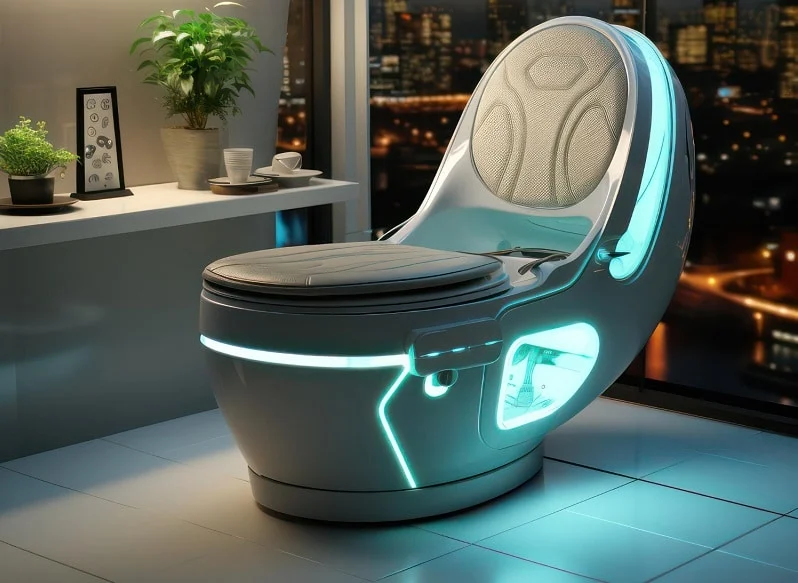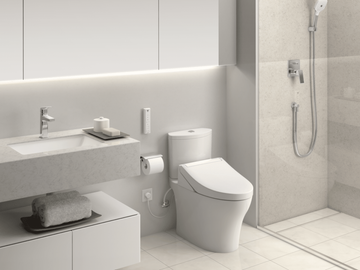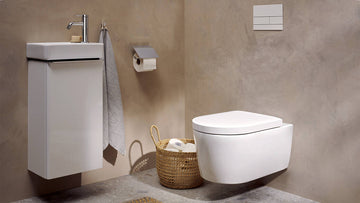In today's rapidly evolving world, where sustainability and environmental consciousness are at the forefront of technological advancements, innovative composting toilet technology is creating waves of interest. For industry QA professionals, this burgeoning field offers not only a glimpse into the future of sanitation but also presents an opportunity to address some of the world's pressing environmental concerns. With the growing demand for sustainable solutions, composting toilets stand out as a promising alternative to conventional systems.
The novelty of composting toilets lies in their ability to transform human waste into usable compost, effectively closing the loop in waste management. Unlike traditional toilets, which rely on water for flushing and sewage systems for waste disposal, composting toilets utilize natural processes to decompose waste, resulting in a significant reduction in water usage and environmental impact. This article delves into the intricacies of this revolutionary technology, exploring its benefits, challenges, and the future it holds.

The Mechanics Behind Composting Toilets
At the heart of innovative composting toilet technology is a basic yet effective principle: decomposition. By harnessing the natural process of aerobic decomposition, these toilets convert human waste into nutrient-rich compost. The process involves several key components:
- Aerobic Bacteria: These microorganisms break down organic matter, producing carbon dioxide, water vapor, and heat. This process not only reduces waste volume but also eliminates pathogens, making the compost safe for use.
- Ventilation: Proper airflow is crucial in maintaining the aerobic environment necessary for decomposition. Ventilation systems aid in odor control and help regulate moisture levels within the composting chamber.
- Composting Chamber: This is where the magic happens. The chamber is designed to optimize conditions for decomposition, often featuring rotating drums or agitators to mix the waste and promote even breakdown.
Advantages of Embracing Composting Toilet Technology
For industry QA, the appeal of innovative composting toilet technology lies in its numerous benefits, both environmental and practical. Here are some of the key advantages:
1. Water Conservation
Traditional toilets can consume up to 7 gallons of water per flush. In contrast, composting toilets require little to no water, significantly reducing household water usage. This conservation is particularly vital in areas facing water scarcity. Learn more about how this technology aligns with water conservation efforts.
2. Reduced Environmental Impact
By converting waste into compost, these toilets minimize the need for sewage treatment facilities and reduce the risk of environmental pollution. The resulting compost can enrich soil, promoting sustainable agriculture and reducing reliance on chemical fertilizers.
3. Cost-Effectiveness
Although the initial investment in composting toilets may be higher than traditional systems, the long-term savings on water bills and sewage infrastructure can be substantial. Additionally, the production of valuable compost can offset costs further.
Challenges and Considerations
Despite the numerous benefits, composting toilet technology does present some challenges that industry QA must address:
1. User Acceptance
One of the primary hurdles is user acceptance. Many individuals are unfamiliar with composting toilets and may resist the transition from conventional systems. Education and awareness campaigns can play a vital role in overcoming this barrier.
2. Maintenance Requirements
Composting toilets require regular maintenance to ensure optimal performance. This includes monitoring moisture levels, managing compost additives, and periodically emptying the composting chamber. For insights into how technology can aid maintenance, visit this page.
3. Climate Considerations
The effectiveness of composting toilets can vary based on climate conditions. Cold temperatures may slow down the decomposition process, necessitating additional measures to maintain suitable conditions.
The Future of Composting Toilets
As technology advances, the future of composting toilet technology looks promising. Innovations such as enhanced microbial formulations, automated systems, and improved composting chamber designs are on the horizon. These developments hold the potential to make composting toilets even more efficient, user-friendly, and adaptable to various environments. Explore other toilet technologies that complement composting efforts.
For industry QA professionals, staying abreast of these advancements is crucial. By embracing composting toilet technology, we can pave the way for a more sustainable and environmentally conscious future.
To further explore how portable toilets are revolutionizing the sanitation industry, this resource offers valuable insights.

FAQ Section
What are the primary benefits of composting toilets?
Composting toilets offer numerous benefits, including water conservation, reduced environmental impact, and cost-effectiveness. They transform waste into nutrient-rich compost, minimizing the need for sewage treatment and promoting sustainable agriculture.
Are composting toilets suitable for all climates?
While composting toilets can be used in various climates, their effectiveness may vary. Cold temperatures can slow down decomposition, requiring additional measures to maintain optimal conditions. Innovations in technology are addressing these challenges.
Is there a learning curve with using composting toilets?
Yes, there can be a learning curve as users adapt to a different system. Education and awareness are key to overcoming resistance and ensuring successful adoption. Proper maintenance is also essential for optimal performance.
This article contains affiliate links. We may earn a commission at no extra cost to you.






